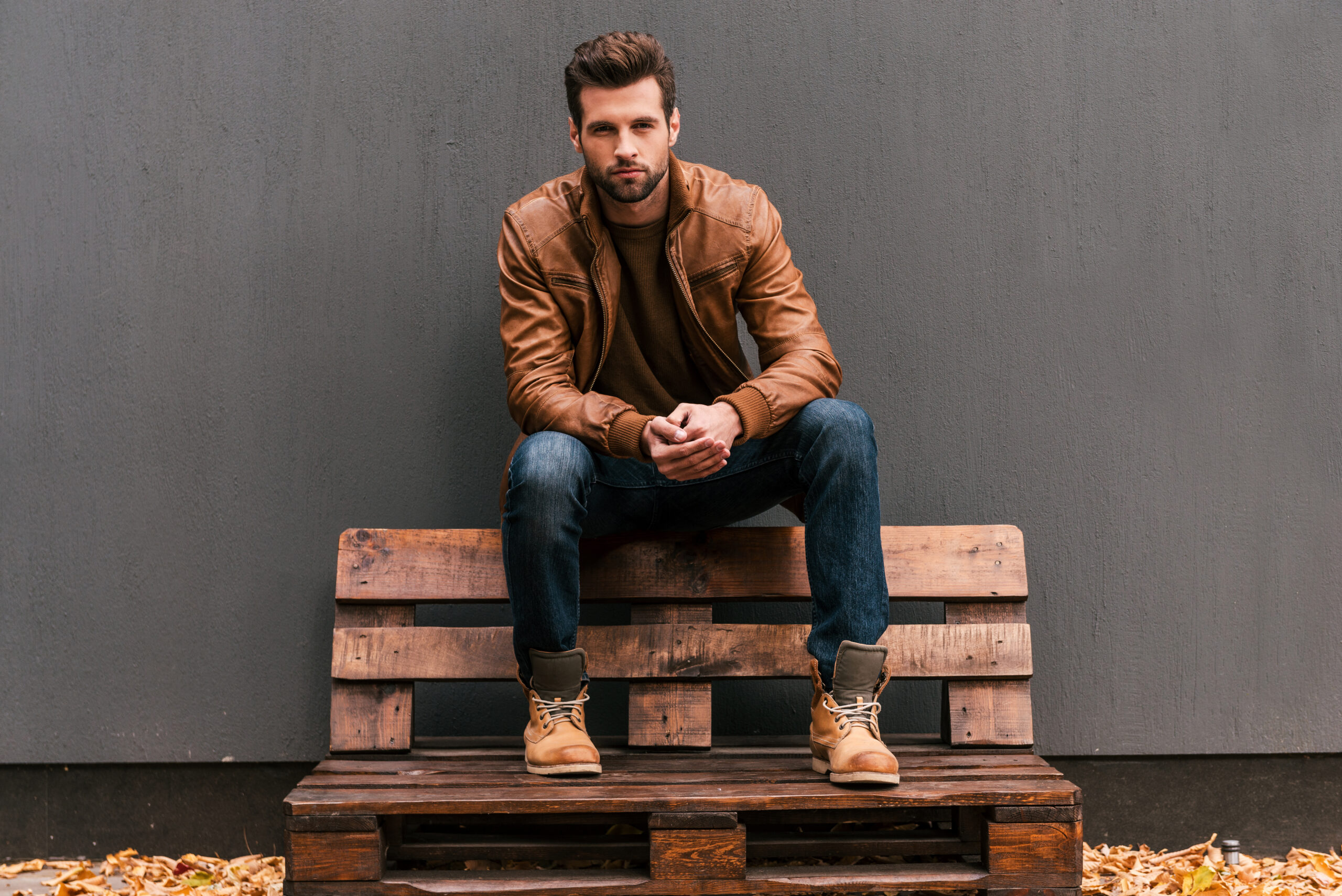I know the title of this post sounds click bait-y, but it’s in fact EXACTLY what I am going to recommend to you if you want to dramatically accelerate your personal growth journey.
Dr. Nizar Taki is an independent contributor for The FEARLESS Man blog. The views, thoughts, and opinions expressed in his work belong solely to Dr. Taki and do not necessarily represent those of The FEARLESS Man.
What qualifies me to write about this? I work as both a plastic surgeon and a life coach, so I’m no stranger to people who’ve spent their entire lives trying to heal past traumas.
You probably know a few people like this too… seekers whose lives revolve around finding the right book, seminar, therapist, healer, breathwork, and/or psychedelic ceremony that will FINALLY help them let go of a past trauma. And if YOU are one of these people, fear not, because you’re in good company. I was one of these people for the longest time.
I struggled with self-sabotage all my life. No matter how many books I read, conversations I had, or seminars I attended, I couldn’t get myself to do what I knew I needed to do! I realized I was held back by limiting beliefs, which had somehow been created from my experiences in the past, but I couldn’t, for the life of me, figure out how to get rid of them.
When it felt like I’d done everything I could to take control of my life but kept falling short, I began reading about the unconscious. That’s when it all started to come together.
You see, I had always equated the unconscious with something negative. A place where our negative beliefs are located. Where traumatic experiences are stored. In spiritual circles, to be unconscious means to be asleep or on autopilot.
I, like many of us, used to view the unconscious as the enemy in my personal development, because I couldn’t understand it.
The problem with this is that your unconscious IS you!
Yes, you and I are interacting consciously, but ninety-five percent of all of our cognitive activity is unconscious, and we’re experiencing what the unconscious serves up to our conscious experience on a moment to moment basis. It’s creating the entire reality that we are experiencing consciously.
If our consciousness is a personal computer or laptop, where we click and drag icons across a desktop, our unconscious is a quantum computer – an unfathomable intelligence that has been creating our reality and (lucky for us) protecting us since the moment we were born.
You see, when a child or adult suffers a severe psychological trauma before they’ve developed the psychological tools or maturity to process it, it would seriously disrupt their ability to function and cause much more damage if they were forced to hold it at the forefront of their consciousness. So our unconscious protects us by hiding it away, or repressing it, until the appropriate tools are acquired.
You don’t touch hot coals without proper equipment.
It’s like if you’re grilling hot dogs and a red-hot coal falls to the ground. If you don’t have tongs to pick it up, you leave it alone until you have the right tools to deal with it.
This is what your unconscious does with traumas that you aren’t ready to process. It hides them safely in a storage area for later.
This is why it’s not uncommon for those who suffered severe traumas at an early age to not remember the trauma consciously. But the trauma is still there waiting to be processed, and can be revealed by hypnosis or other means of accessing the unconscious.
So how do we process a trauma?
We increase our understanding of how our minds are creating our reality. This has been called by many names, including “raising your consciousness,” “stepping into your power,” or “raising your vibration.” I will discuss the details of this in my next post, but suffice it to say that when we DO gain the tools necessary to handle a previously repressed trauma, our unconscious will realize that it is now time for it to be processed. The unconscious then allows the repressed traumas to bubble up from the unconscious into the conscious.
What happens next is different for everyone, but classically, trauma being served up to consciousness looks like the person seeing someone or something that used to not bother them but all of a sudden triggers memories of the trauma. The appearance of the trauma in consciousness is a sign that this person has obtained the tools needed to process the trauma and leave it behind.
Most people don’t know this. It’s the reason I never ask my clients to analyze or go deeper into their past traumas if they aren’t spontaneously occurring consciously. Instead, I focus on helping the client understand better how they are creating their reality.
Dealing with Newfound, Uncomfortable Emotions & Memories
But you can imagine what happens next: a client, high off the excitement of now realizing that they are the creator of their reality, suddenly experiences an onslaught of negative emotions and memories relating to their past trauma. This can be disheartening to say the least.
Fortunately, I warn them beforehand about what they might experience. They know it is not a step backwards, but a tell-tale-sign of growth, because memories of a trauma would not be spontaneously occurring if the individual isn’t ready to process them.
So I tell my clients this is the perfect time to go deeper into it.
In conclusion, this was a roundabout way of explaining why you don’t need to focus on healing traumas. A trauma isn’t healed by directly attacking it, but by focusing on gaining a deeper understanding of the mind. We leave it aside and focus on growing, then circle back and process it once we’ve acquired the psychological tools to handle it.
So let’s get the story straight – we do not grow because we heal traumas. We release traumas because we grow.
Here’s one more analogy. Imagine that my entire life, I’ve led an unhealthy lifestyle – living carelessly, not exercising, eating junk food, etc. Now imagine that as a result of my unhealthy lifestyle, I break my leg.
As I recover with nothing to do, I might read about how to heal the injury faster. I might find that proper food and exercise and avoidance of bad habits prevent injury and facilitate healing. So I begin altering my lifestyle into the lifestyle of someone who is strong and healthy. In doing this, I become a stronger and healthier person, and the wound heals faster.
When I come out the other end of this, it’s not just the old me with a healed wound. No, I am now stronger, healthier, more resilient, and less likely to sustain an injury. If someone I know asks me how I became so much stronger and healthier, it would be illogical for me to tell them that I became stronger because I healed the wound. That would be leaving out a huge part of the story.
Rather, I would say that the wound was the impulse that pushed me to gain a deeper understanding of what serves me and what doesn’t, and it was putting this understanding into practice that made me stronger and more resilient.
In part 2, we’ll talk more about the understanding needed to be able to process a trauma.










“We do not grow because we heal traumas. We release traumas because we grow.” — Wow. What an inspirational post! Love the strong insights here. Thank you for sharing.
100% agree.
It’s understanding and being aware of what we’re projecting and learning to change it
Not so much, searching out your pain to release it. It doesn’t really work that way, at least for me.
Doing that will only feed the pain unless you truly understand it
Energy is just energy. It is something that can change instantly